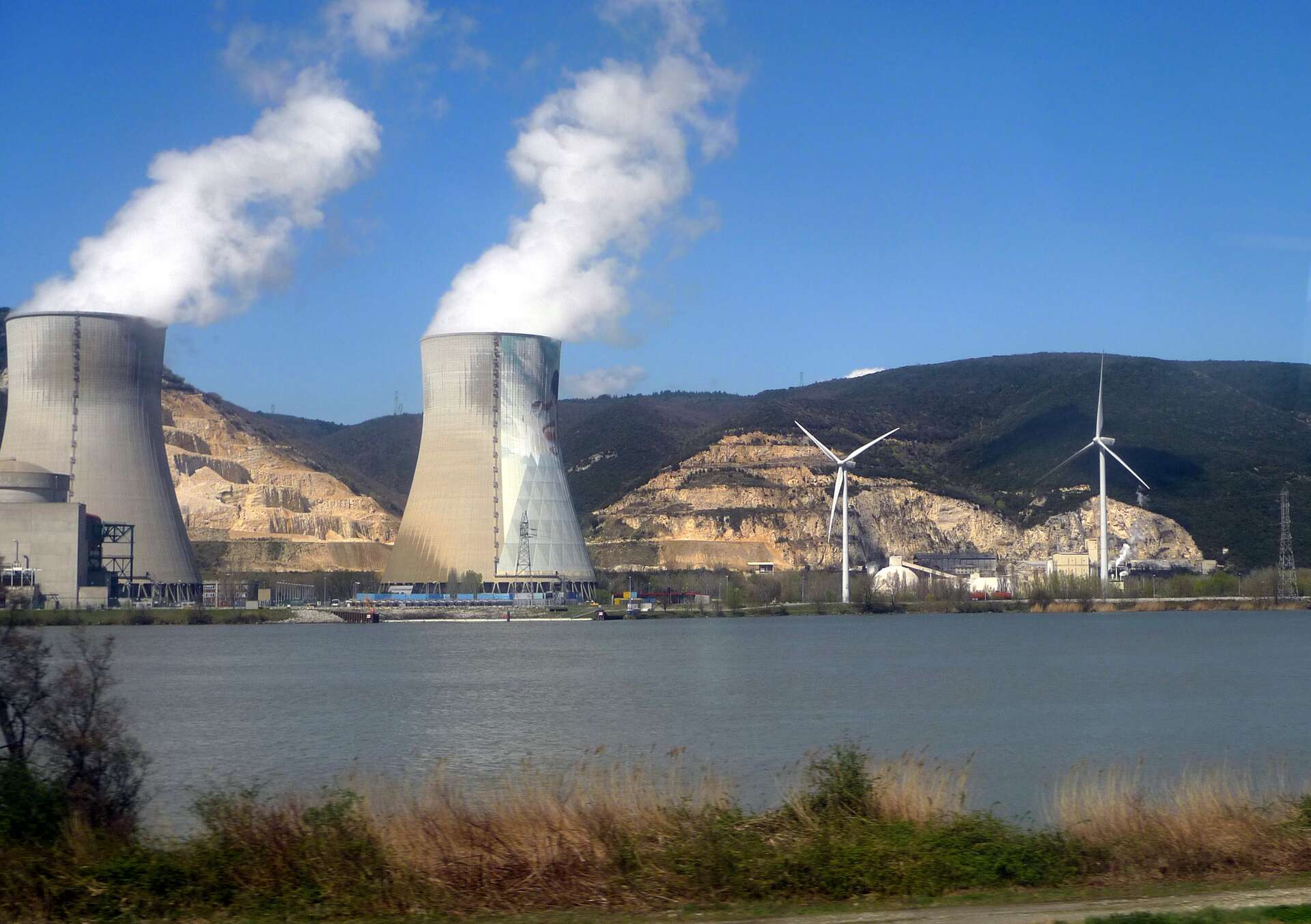Located in the Swiss Alps, the Rhône glacier, which gives rise to the eponymous river, is melting inexorably, and behind its disappearance are the outlines of a major challenge: preserving biodiversity while perpetuating energy production on the banks of the Rhône, so that water is essential for the proper functioning of power plants.
This will also interest you
[EN VIDÉO] Are you knowledgeable about nuclear power? Mag’ Futura is preparing to return with numerous answers to the question “The…
He is the “river-king”. However, even he must bow to the melting of the Swiss giant that bears his name: the Rhône glacier, to the north of the canton of Valais. According to a report from the Water Agency published in March 2023, the drama playing out up there is responsible for an increasingly significant drop in the flow of the river. In 2050, its low flow rate – the lowest average annual level of a river, from which floods are measured – will have decreased by 20% on average. However, the Rhône today feeds a million people, waters more than two million and alone generates “a quarter of the country’s electricity production”. Count on its shores no less than 19 hydroelectric power stations, and four nuclear power stations. They are the ones we talk about the most… But is this really justified?
Water, essential for the operation of power plants
In France, the reactors of our nuclear power plants are pressurized water reactors which ensure 70.6% of electricity production from the country. To function, water taken from an external source (river, sea) feeds three independent circuits which respectively produce a large quantity of thermal energy in the reactor, convert it into mechanical energy and cool the systems. reactor backup. The first two circuits are “closed” circuits: the water “goes in circles” with no way of exiting. They therefore consume little water.
Open or closed cooling circuits: you have to choose
The cooling circuit is more demanding. This is what interests us. There are two types: open circuits and closed circuits. In open circuit power plants, cold water, taken from the external source, cools the backup systems, then is then entirely discharged into the water source. This is, for example, the case for the Bugey, Tricastin and Saint-Alban power plants — a power plant where an average of 57m³/second is taken from the Rhône.
File: Nuclear energy from A to Z
“The counterpart is that the warming induced in the environment can be quite significant if the electricity production is significant, tempered EDF’s Environment and Foresight Director Cécile Laugier in a press conference given last May by the company on global warming. In practice, for our nuclear power plants, this causes heating of 4° to 5° on average in the environment. »
Closed circuit plants take much less water (around 2 m³/second). After passing through the cooling circuit, the water is routed to a cooling tower where a cold air call system lowers its temperature. Part of the water falls in the form of droplets, while the rest escapes through a chimney: this is the famous plume of water vapor, the Epinal image of power plants. This process has the advantage of rejecting colder water into the source, but it does not allow everything to be returned: out of 2 m³ of cooled water, approximately 0.7 m³ evaporates, so we recover 1 m³ of water approximately. This cooling circuit prevents overheating of external water.
In summary: without water, nuclear power plants cannot operate; and without a guarantee that the discharge water will not increase the temperature of the source beyond a certain threshold, no operation is possible either, legislation requires. It would therefore seem that the drop in low flow rates of the Rhône does not bode well for the cooling circuits of our power plants, which are supplied with water from the river…
—
Never miss a single Futura magazine by subscribing! Enjoy the comfort of receiving your magazine directly in your mailbox, and at a preferential rate.
I DISCOVER THE LATEST ISSUE: HOW THE COSMOS INFLUENCES US?
By choosing our 1-year subscription offer, you will receive the next 4 issues of Mag’ Futura (148 pages to decipher the major challenges of today and tomorrow) for 1 year at only €4/month.
Futura is an independent and committed scientific media which needs its readers to continue to inform, analyze and decipher. To encourage this approach and discover our next publications, subscription remains the best way to support us.
2023-09-19 20:28:01
#decline #flow #Rhône #threat #nuclear #power #plants


